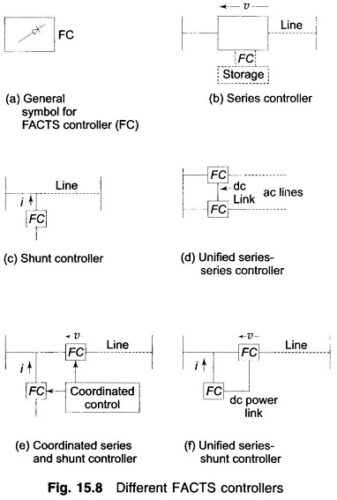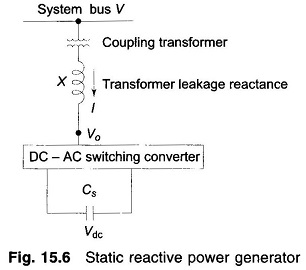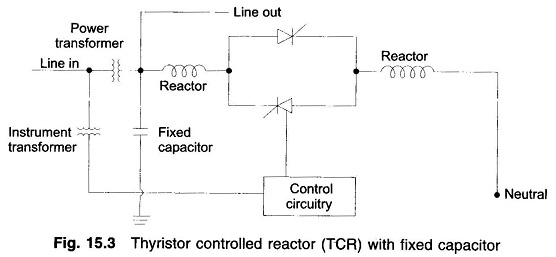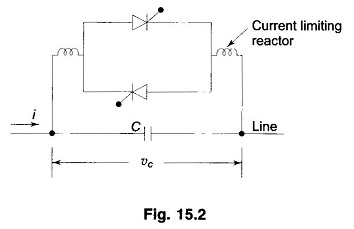Types of Facts Controllers in Power System
Types of Facts Controllers in Power System: The development of FACTS controllers has followed two different approaches. The first approach employs reactive impedances or a tap changing transformer with thyristor switches as controlled elements, the…



